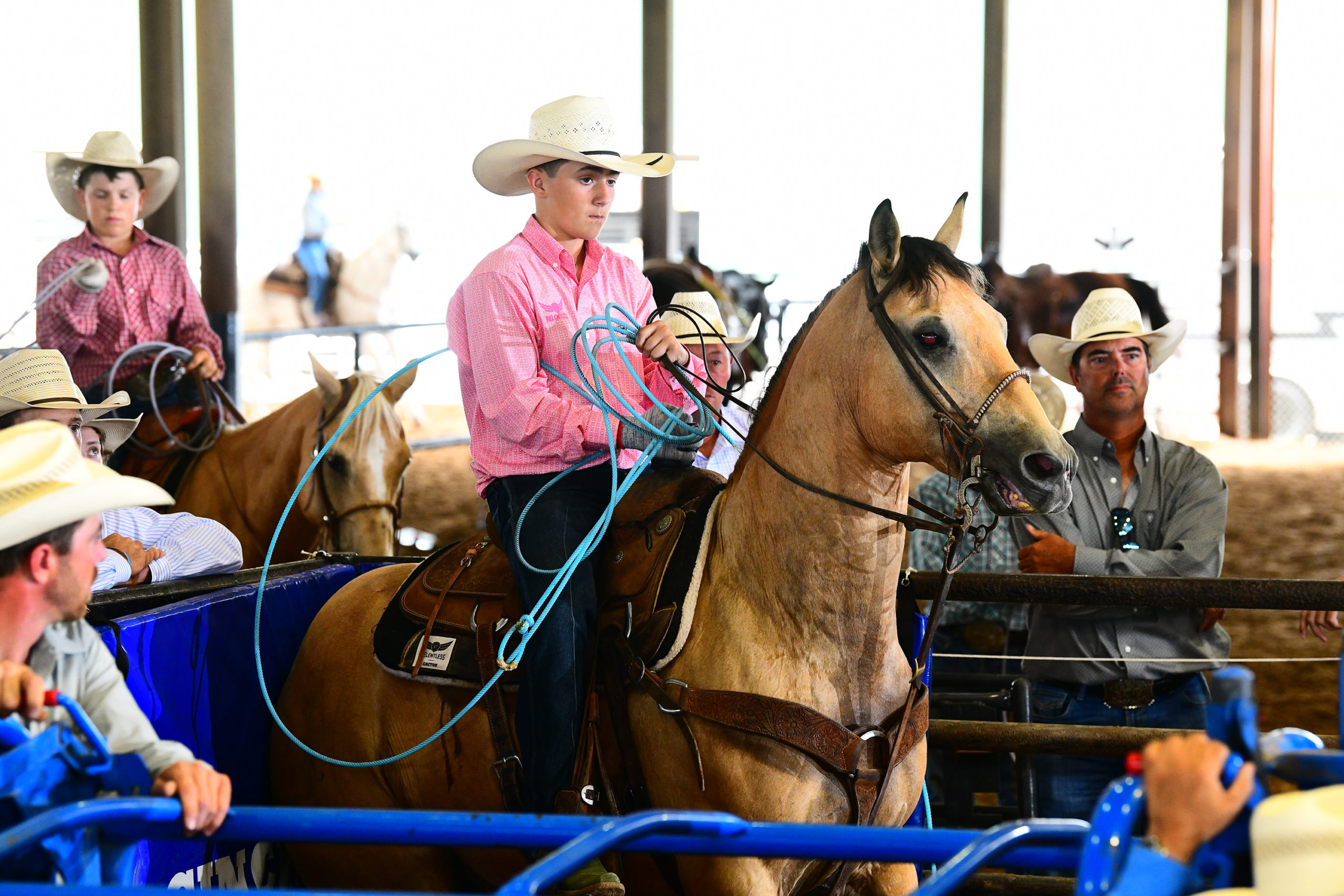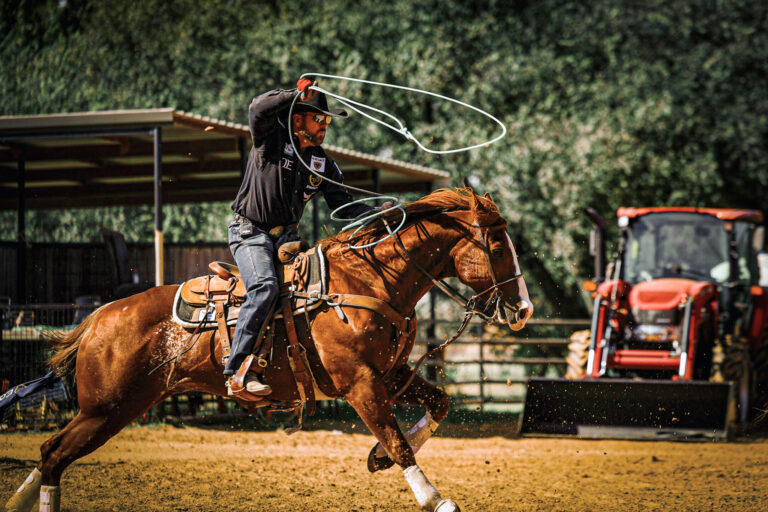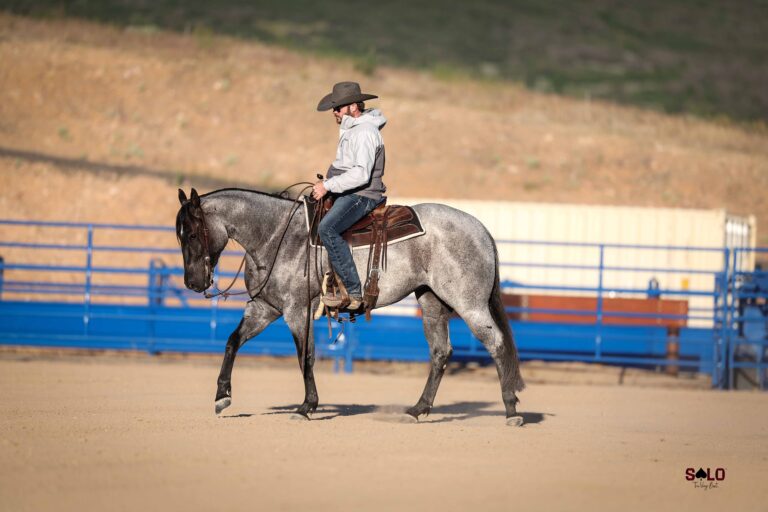My son, Treston, competed in junior high rodeo this last year, and we were careful to make sure he was mounted for the job. Here are the requirements Shada and I had for his head horse:
1. Safe.
I want my kids’ horses safe. That comes above everything else. I don’t want those horses looking for them to be off center or ever get them in a jam.
READ MORE: 3 Steps to Controlling Your Head Horse to Provide a Better Handle with Levi Simpson
2. Confident.
It’s no secret we’ve got a lot of good, young horses at the house. But Treston is on older horses right now. At the level he’s roping, he doesn’t need to be learning alongside of a horse to be able to advance. I want to know with confidence his horse will 100% do his job so he doesn’t have to adjust to A, B and C to get the horse to do X and Z. I can work on teaching him to rope, and I don’t have to worry for one second about that horse.
READ MORE: Head Horse Build
3. More Cow, Less Run.
I’d rather my kids to learn on less run because I want him to learn how to get the run out of them first. Once they get in the habit of using their feet, they can disconnect that easier than they can try to learn it after the fact.
4. Good Scoring.
I want him to get the feel of a good one in the box—however that may be. There’s no universal way to a score a horse, and I’ve seen them score great a lot of different ways, so having to adapt to those various types is fine, as long as there’s a set way to score the horse.
READ MORE: Scoring on a New Head Horse
5. Good Position.
While I don’t want their horses to have too much run, I want my kids to be able to ride their horses the whole way to the hip. I feel like, until you master going close, reaching isn’t even an option. You have to be able to control the whole run and turn 10 out of 10 daily until you start experimenting, and I want the experimenting to happen when we don’t have somewhere to go. I don’t want to be experimenting when we should be just building confidence.
6. Free Across the Pen.
Pulling a head horse back has always been easier than having to push one up out of it when handling a steer, and it’s probably safer, too. Though, eventually, I’ll want Treston to be used to both.
7. Sound-ish.
Soundness is great—I don’t care what you’re doing—but sometimes solid and sound don’t go hand in hand. I’d rather have one that takes maintenance to have one I can trust in any situation. At the same time, it’s good to have a level of soundness to allow my kids to be able to take more exposure and more runs in realistic situations like they’re actually competing—say, at smaller jackpots rather than just when it matters for points or money at the junior rodeos.
READ MORE: How These 5 Common Rope-Horse Conformation Attributes Affect Soundness











